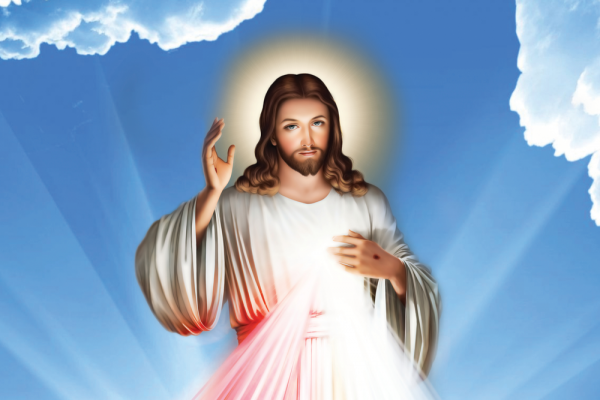Dec 7, 2021
“Yassification” is a recent meme spreading across social media. To “yassify” something is to heavily edit the original image with multiple filters until the figure is blurred, airbrushed, and entirely unrecognizable. Many of these images come from Twitter user “@YassifyBot,” who primarily yassifies famous paintings, actors, and politicians. Religious leaders, however, are not immune from yassification: Pope Francis, Martin Luther, and Joan of Arc have all been yassified. Anyone can be yassified these days — even Jesus.
Read the Full Article

Already a subscriber? Login
